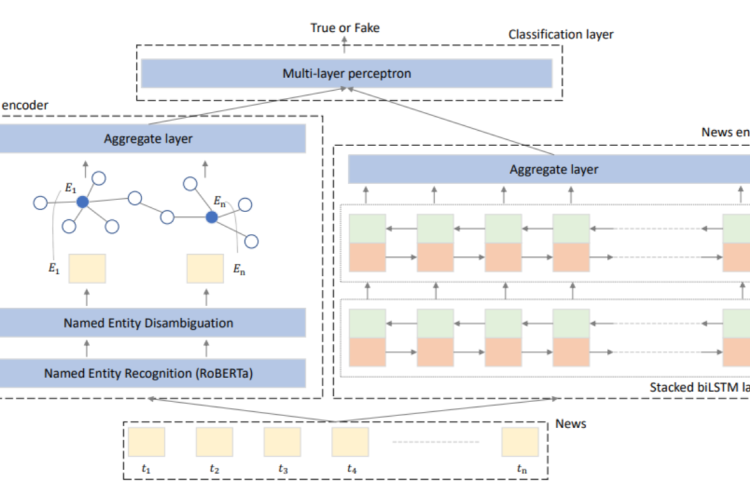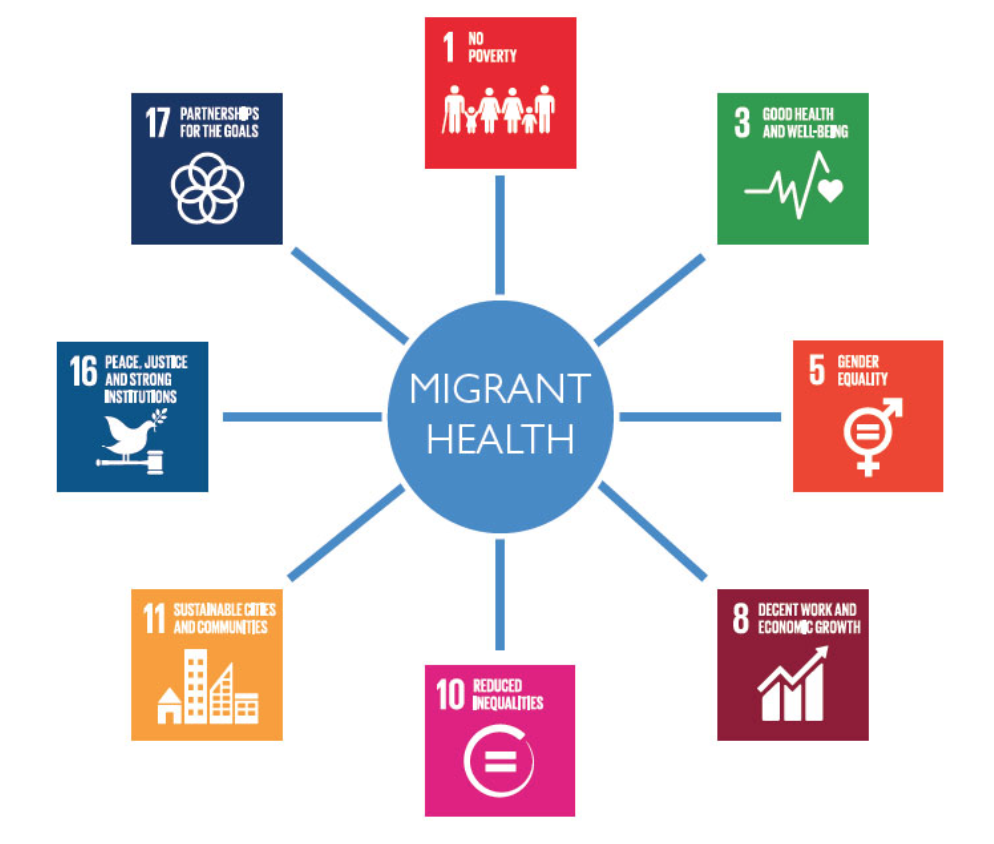Authors: Shakshi Sharma (University of Tartu, Estonia); Rajesh Sharma (University of Tartu, Estonia)
Fake News on social media platforms has received a lot of attention in recent years, notably for incidents relating to politics (the 2016 US Presidential election) and healthcare (the COVID-19 infodemic, to name a few). Several approaches for identifying fake news have been presented in the literature. The methodologies range from network analysis techniques to Natural Language Processing (NLP) and the use of Graph Neural Networks (GNNs).


 Most studies on immigrant health focus on immigrant groups coming from extra-European and/or low-income countries. Little attention is given to self-rated health (SRH) in the context EU/EEA migration. To know more about health among European immigrants can provide new insights related to social determinants of health in the migration context.
Most studies on immigrant health focus on immigrant groups coming from extra-European and/or low-income countries. Little attention is given to self-rated health (SRH) in the context EU/EEA migration. To know more about health among European immigrants can provide new insights related to social determinants of health in the migration context.